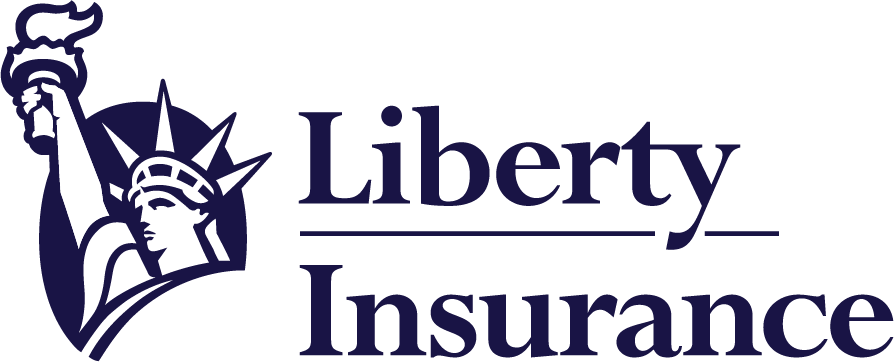Meta Description: Securing life insurance can be challenging for high-risk individuals. Learn about options available, including the types of policies, underwriting processes, and factors affecting premiums. Find a solution that fits your needs and protects your loved ones.
Finding the right life insurance can be a significant undertaking for anyone, but it presents unique challenges for high-risk individuals. “High-risk” encompasses a broad spectrum, including those with pre-existing health conditions, dangerous occupations, or engaging in high-risk hobbies. This doesn’t mean securing life insurance is impossible; it simply requires a more nuanced approach and a deeper understanding of the available options.
This comprehensive guide will explore the complexities of obtaining life insurance for high-risk individuals, covering everything from understanding your risk profile to navigating the application process and finding the most suitable policy.
Understanding Your Risk Profile
Before you begin your search, it’s crucial to honestly assess your risk profile. This involves identifying factors that may influence your eligibility and premium costs. Key factors include:
- Pre-existing health conditions: Conditions like heart disease, diabetes, cancer, or severe mental health issues can significantly impact your insurability and premium rates. Be prepared to disclose all relevant medical information accurately and completely.
- Occupation: Certain professions, such as firefighters, police officers, construction workers, and stunt performers, are considered high-risk due to the inherent dangers involved. Insurers will assess the level of risk associated with your occupation.
- Lifestyle choices: Smoking, excessive alcohol consumption, and drug use can substantially increase your premiums. A healthy lifestyle can significantly improve your chances of securing more favorable terms.
- Hobbies and recreational activities: Engaging in risky hobbies like skydiving, scuba diving, or mountain climbing can also affect your insurability. Insurers often require additional information or may decline coverage for certain extreme activities.
- Family history: A family history of certain diseases can increase your perceived risk, leading to higher premiums or even denial of coverage.
- Age: Generally, older applicants face higher premiums than younger ones, as the risk of mortality increases with age.
Types of Life Insurance for High-Risk Individuals
While securing standard term life insurance might be difficult, several options cater to the needs of high-risk individuals:
1. Guaranteed Issue Life Insurance:
This type of policy doesn’t require a medical exam, making it accessible to those with significant health challenges. However, it typically comes with higher premiums and lower death benefit payouts compared to traditional policies. The coverage amounts are usually limited.
2. Simplified Issue Life Insurance:
Simplified issue life insurance policies require a shorter application process and might only need a brief health questionnaire instead of a full medical examination. This makes it a more accessible option than traditional policies for some high-risk individuals, but it may still result in higher premiums than standard policies.
3. No Medical Exam Life Insurance:
Similar to simplified issue policies, these policies generally don’t require a medical exam. The underwriting process focuses on a health questionnaire and may involve verifying information with your medical provider. Premiums will likely be higher than those for policies that require a medical exam.
4. Term Life Insurance with a Medical Exam:
Even if you are considered high-risk, you might still qualify for a term life insurance policy. However, expect a more rigorous underwriting process, which may include a medical examination, extensive health questionnaires, and potentially higher premiums. The length of the policy and death benefit would depend on the underwriting process.
5. Whole Life Insurance (with adjustments):
While whole life insurance is generally more expensive, it offers lifetime coverage. High-risk individuals might find it beneficial for its long-term protection, although premiums will be significantly higher compared to term policies.
Navigating the Application Process
Applying for life insurance as a high-risk individual requires meticulous attention to detail. Here’s what you should do:
- Be completely transparent: Providing inaccurate or incomplete information can lead to policy denial or even fraud charges. Disclose all relevant medical history, lifestyle choices, and occupational hazards.
- Shop around: Compare quotes from multiple insurers. Different companies have varying underwriting guidelines, and what one company considers high-risk, another might not.
- Consider a broker or advisor: A qualified insurance broker can guide you through the process, helping you find suitable policies and navigating the complexities of the application.
- Prepare for a thorough medical examination: If a medical examination is required, cooperate fully and follow all instructions.
- Understand the policy terms: Carefully review the policy documents before signing to ensure you understand the coverage, exclusions, and premium payments.
Factors Affecting Premiums
Several factors influence the premium you’ll pay for life insurance as a high-risk individual:
- Severity and type of pre-existing conditions: The more severe and the type of condition would affect premiums the most.
- Occupation and associated risks: Dangerous occupations will invariably lead to higher premiums.
- Lifestyle choices: Smoking, excessive alcohol use, and drug abuse significantly impact premium rates.
- Age: Premiums generally increase with age.
- Policy type and coverage amount: Larger death benefits and whole life policies typically carry higher premiums.
- Insurer’s underwriting guidelines: Different insurers have different risk assessments and pricing models.
Conclusion
Securing life insurance as a high-risk individual might require more effort and might result in higher premiums than for those considered low-risk. However, it’s not an insurmountable task. By understanding your risk profile, exploring the available policy options, and working with a qualified professional, you can find a suitable policy that provides financial security for your loved ones. Remember to be honest and transparent throughout the application process to increase your chances of approval and securing the best possible terms.
Don’t hesitate to consult with an independent insurance professional to discuss your specific needs and obtain personalized advice. They can help you navigate the complexities of the insurance market and find the most appropriate coverage for your situation.






















